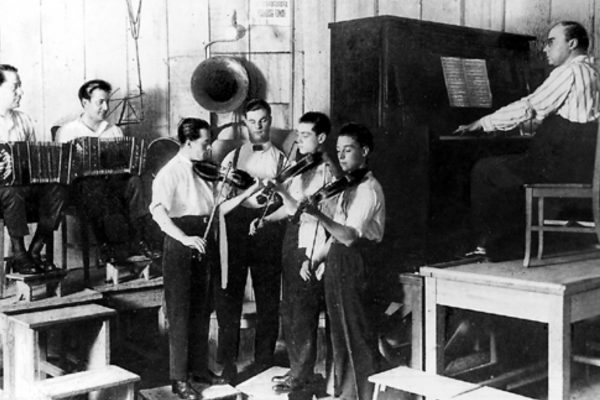1.a – General tango tempo analysis
It is common knowledge among DJs that there was a marked increase in the tempo of most recorded tangos in the beginning of the fourties. What interests me is to visualise in a more concrete manner the nature and extent of these tempo changes. In order to see better and quantify the extent and nature of these changes I have mapped these out in a graph.









